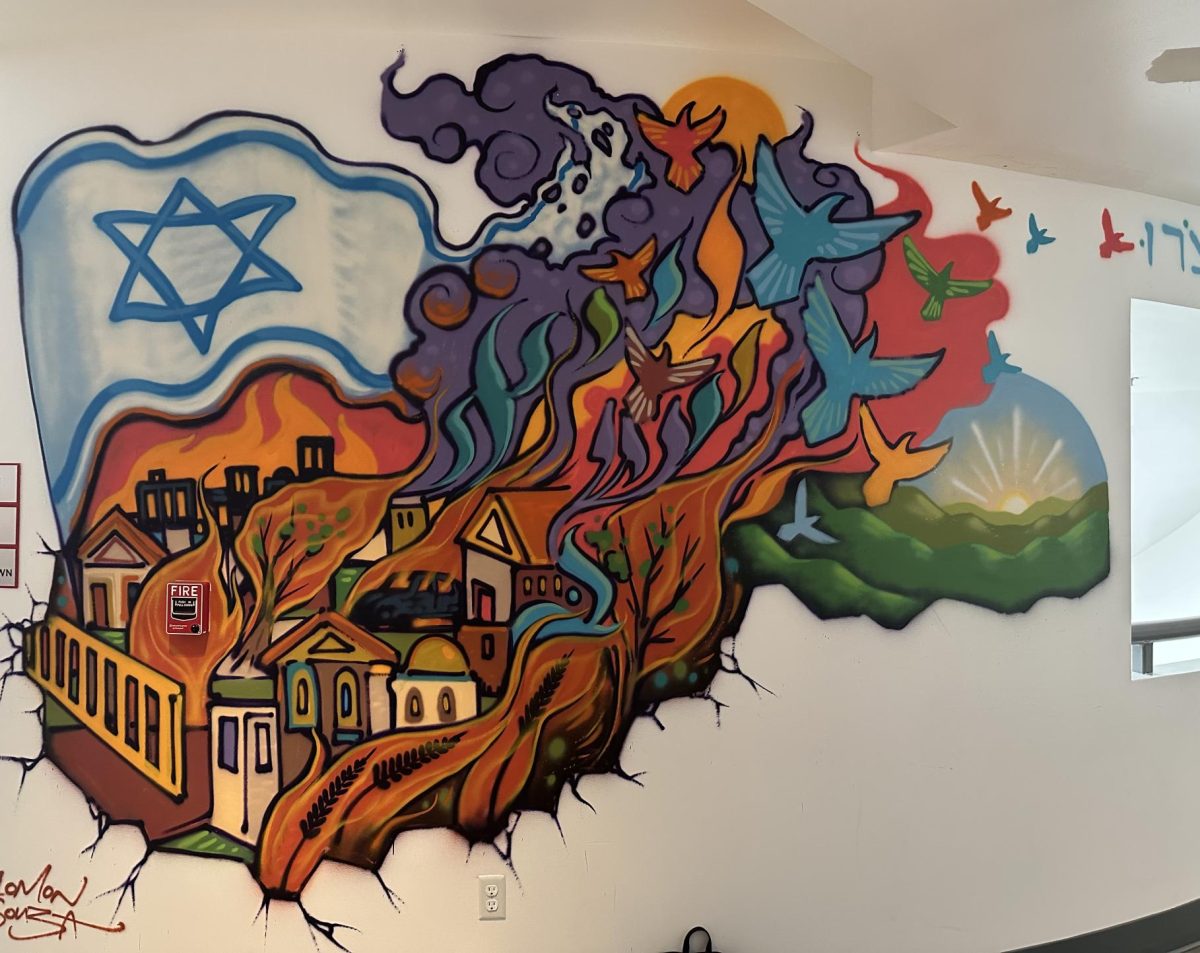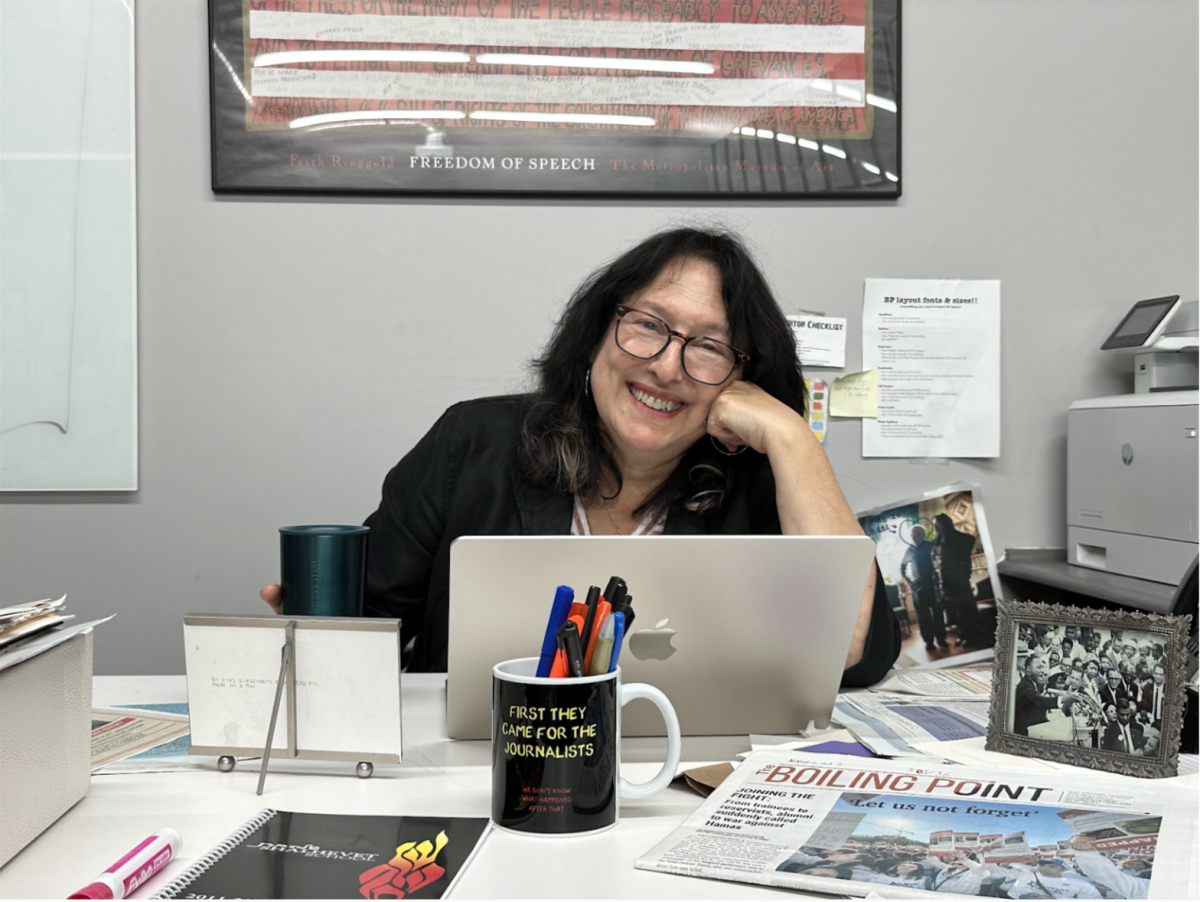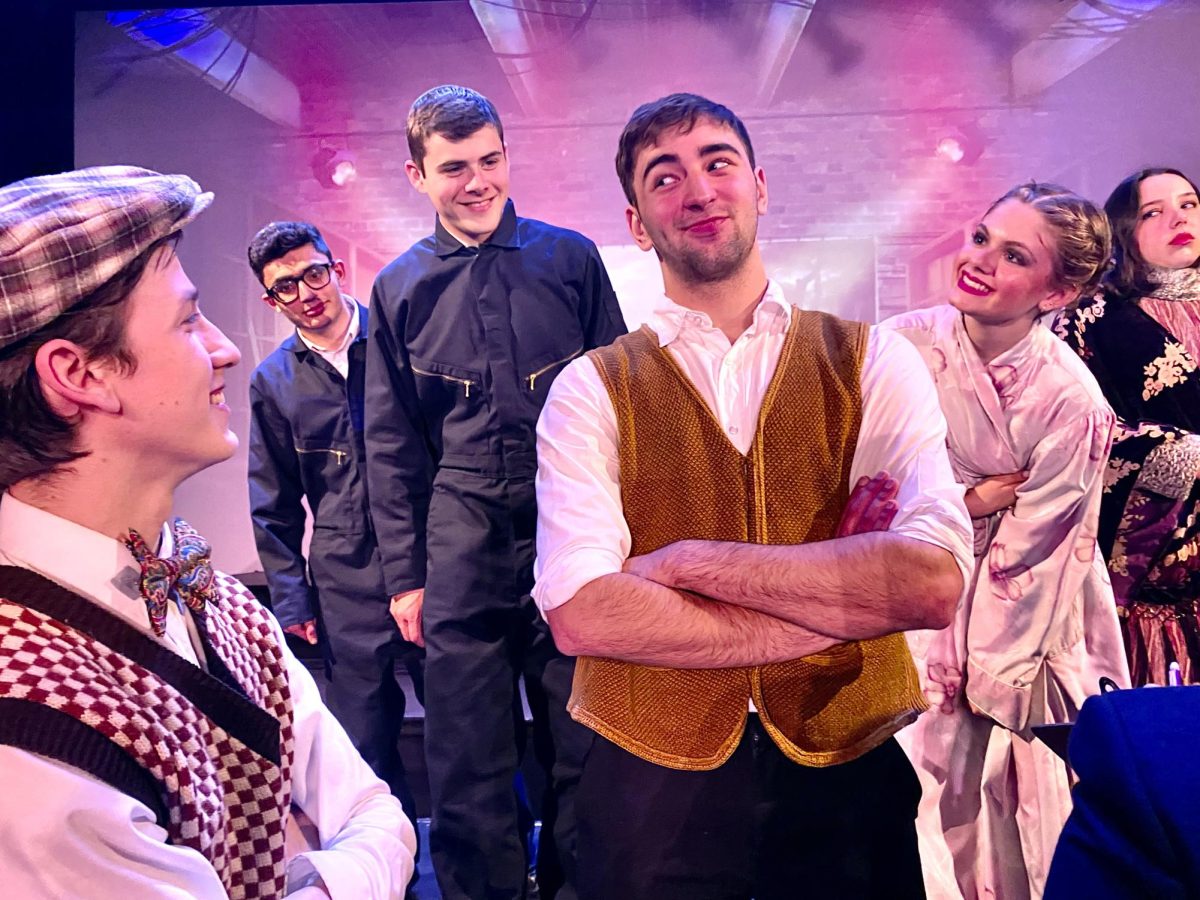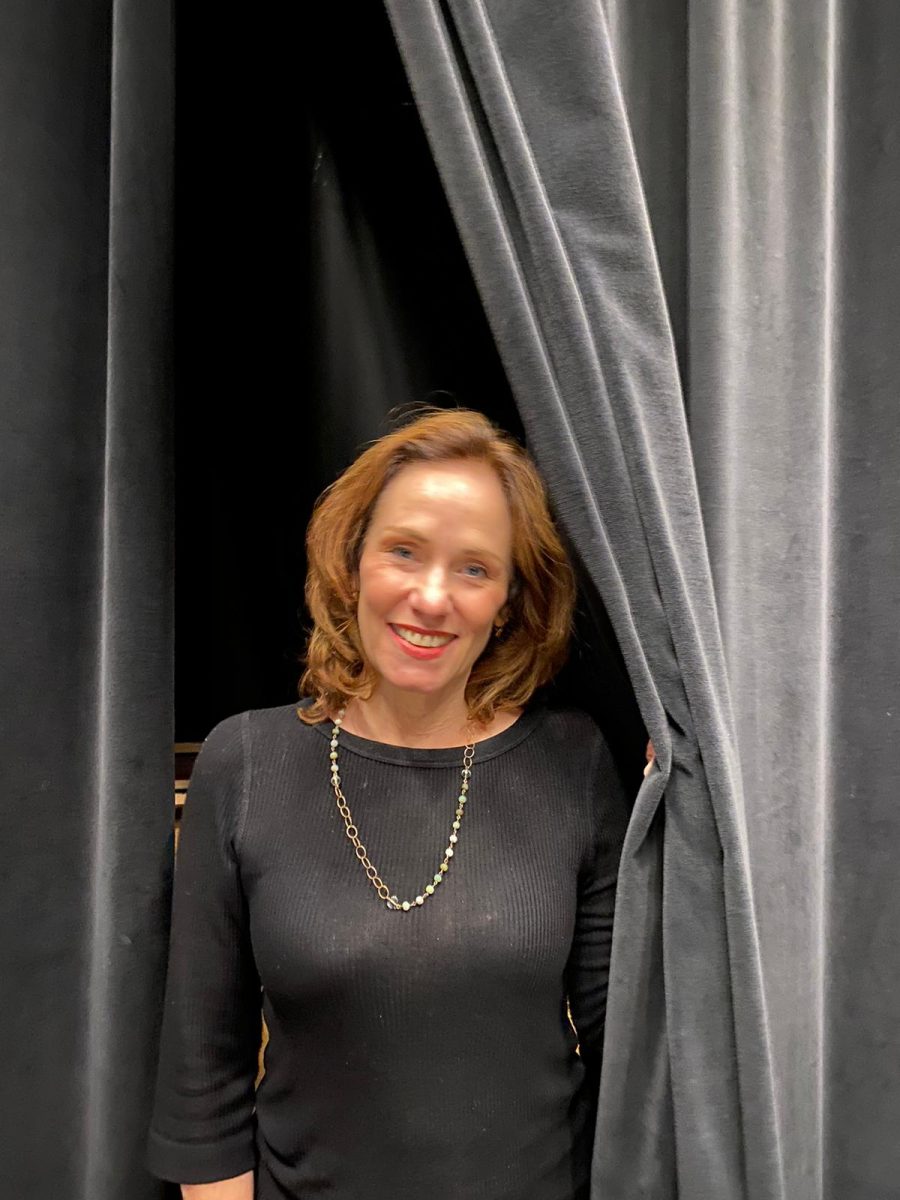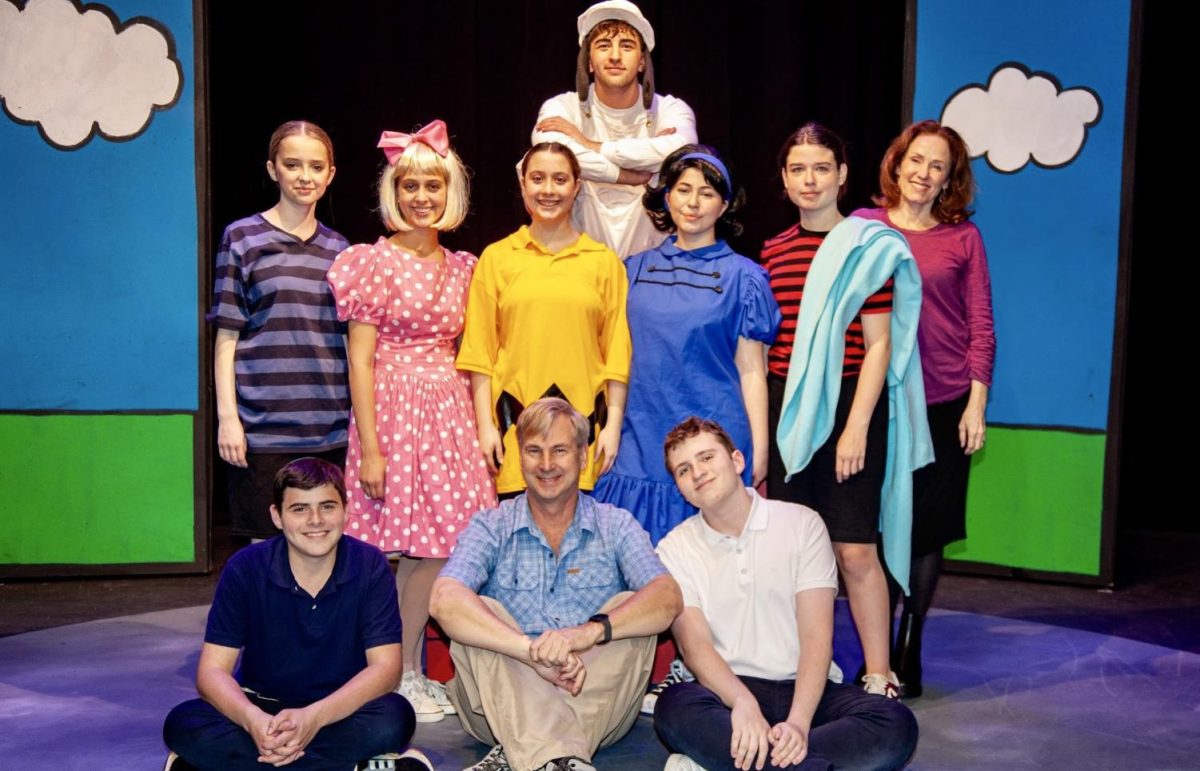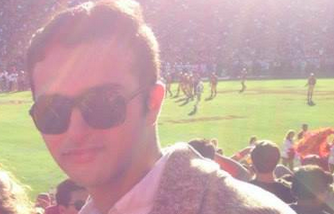The great American tradition of consumerism known as Black Friday does not have to involve shopping. Instead, I took in the newest exhibit at the Los Angeles County Museum of Art, titled Living in a Modern Way: California Design 1930 -1965. It is a celebration of the great American mid-century economic boom, which manifested itself in fresh and modern approaches to home and household design.
Among the first items encountered are two photos that document the population explosion that California experienced in less than a decade during the 1920s and 1930s. The photos are 1922 and 1930 aerial shots of the corner of Wilshire Boulevard and Fairfax Avenue. Huge empty parcels of land are visible in the 1922 photo. By 1930, that same intersection was densely populated. If you look real closely, you can spot the intersection of Fairfax and San Vicente Boulevard where Shalhevet is and smile slyly.
Taken as a whole, the exhibit defines the California modern aesthetic and explains why that aesthetic is particularly Californian. Renowned architects like Phillip Johnson, Frank Llyod Wright, and Paul Williams sculpted California neighborhoods. Homes influenced by International Modernism, the Arts and Crafts Movement and Classic Traditionalism mushroomed from Pasadena to the beach. What these styles shared was the use of natural light and brilliant colors, Asian and Latin influence, and its stunning affordability.
Over and over the exhibit highlights that affordability was the reason California style became an aesthetic. While the rest of the nation was facing an economic doomsday of the depression, the Golden State was relatively cocooned and attracted many people who were longing for reinvention. Designed to fit every level of income, the California bungalow – the birthplace of “the open floor plan” – dominated the construction business. Numerous examples of the midcentury modern home, whether photographic or an actual model, are on display.
The exhibit also explores many types of home furnishings of this era. From furniture designs by Charles and Ray Eames to pottery by J.A. Bauer, the modern era focused on producing an aesthetic that was comfortable and affordable. The Eames chair with its recognizable wooden curves was created through a process that Charles Eames developed. He learned how to curve plywood into a beautiful single shell design, which became a perfect example of midcentury California modern because it was not only comfortable, sleek and modern but also affordable because its components were mass produced.
I would highly recommend taking in this exhibit at the LACMA. For an admission fee of $15 for adults and $10 for students, you get to walk through exhibits full of assorted housewares including furniture by well known designers of the era, as well as a model of a California midcentury modern home.
It is a must for those like me who have a real fascination for renowned architectural works by Richard Neutra, Richard Schindler and Paul Williams.
But even if you have never heard of those architects, it’s worth your time, because where else will you be able to see a 1930’s ice gun? If nothing else, after seeing it you will have developed a keen enough eye to make sure your grandparents don’t donate their old junk (safeguard anything Danish — that is, interntional modern) to Goodwill.

